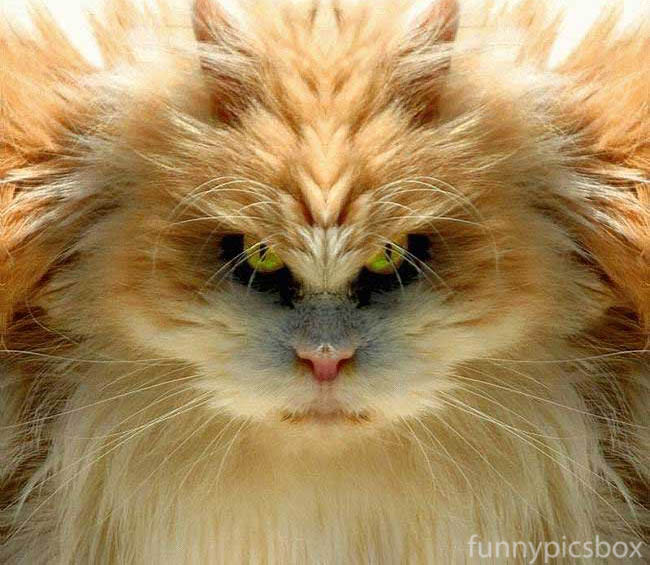Cultural Differences in Cat Litter Practices Around The Globe
Cultural Differences in Cat Litter Practices Around The Globe
Blog Article

Cat litter and litter boxes play an essential role in the lives of both cats and their owners. From the modest starts of sand and soil to the ingenious advancements of today, the world of cat litter has developed substantially. In this thorough guide, we explore every aspect of cat litter and litter boxes, exploring their history, types, benefits, challenges, and everything in between.
The history of cat litter dates back centuries, with ancient civilizations using sand, soil, and even ashes as primitive litter materials. However, it wasn't until the mid-20th century that modern cat litter as we know it emerged. In 1947, Edward copyright introduced the world's first commercial cat litter made from absorbent clay, revolutionizing the way cats relieved themselves indoors. Ever since, cat litter has gone through many improvements, with the intro of clumping litter, silica gel litter, naturally degradable choices, and more.
Today, cat owners are spoiled for option when it pertains to picking the ideal litter for their feline buddies. Conventional clay litter remains popular for its cost and effectiveness in absorbing odors. Clumping litter, which forms strong clumps when wet, streamlines cleansing and maintenance. Silica gel litter, made up of extremely absorbent silica crystals, provides exceptional odor control and longevity. Eco-friendly alternatives, such as recycled paper, wood pellets, corn, and wheat, attract environmentally conscious customers.
Each kind of cat litter provides unique benefits. Clay litter masters its ability to soak up wetness and control odors, making it a reputable choice for many feline owners. Clumping litter simplifies daily scooping and extends the time in between total litter changes. Silica gel litter supplies remarkable odor control cat litter box self cleaning and can last longer in between replacements. Naturally degradable litters provide a sustainable option that lessens environmental impact.
While cat litter boosts indoor feline hygiene, it is not without its obstacles. Dust from clay litter can present respiratory threats for both cats and humans, triggering the popularity of dust-free options. Some cats might establish litter box aversion due to concerns with texture, scent, or tidiness, requiring experimentation with various litters and box setups. Multi-cat households might require tactical litter box placement and regular maintenance to avoid territorial disputes and make sure all cats have access to tidy facilities.
Picking the appropriate litter box is necessary for promoting positive litter box routines and overall feline wellness. Factors to think about include size, availability, and design choices. Covered litter boxes provide privacy and aid consist of odors, however some cats may discover them confining or frightening. Open-top litter boxes offer simple gain access to and exposure however may result in more litter scatter. Automatic self-cleaning litter boxes simplify maintenance however need regular monitoring and maintenance.
Proper litter box maintenance is automatic cat litter box vital for ensuring a tidy and welcoming environment for both cats and their owners. Daily scooping removes waste immediately, minimizing odor and dissuading litter box hostility. Regular litter replacement, usually every 1-2 weeks, avoids bacterial buildup and maintains ideal absorbency. Extensive cleansing with moderate cleaning agent and water, avoiding severe chemicals that might hinder cats from using package, need to be performed monthly.
Cat litter and litter boxes play a central role in promoting a healthy and unified relationship in between cats and their human companions. With a diverse variety of litter alternatives and litter box styles available, cat owners have the flexibility to tailor their options to match their felines' choices Clay Cat Litter and household needs. By understanding the development, types, advantages, and obstacles of cat litter and litter boxes, family pet owners can provide their feline friends with a comfortable and hygienic indoor environment.